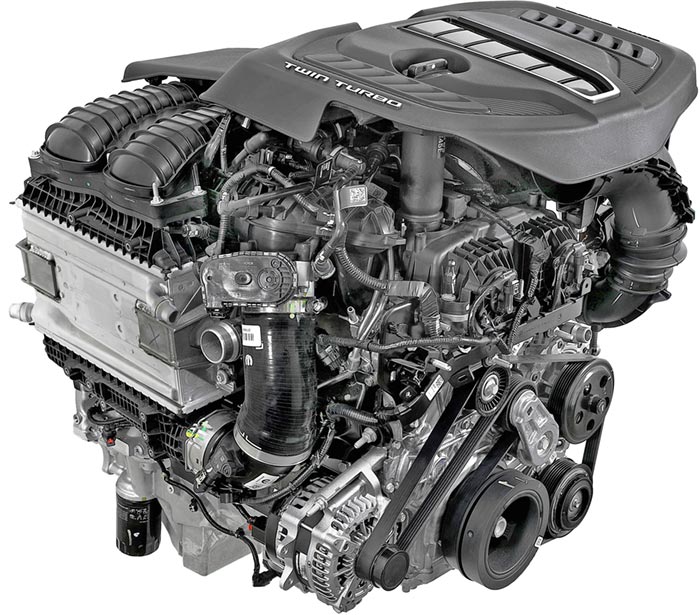Hurricane engines, following a trend set by European designs, do not have a dipstick. Instead, an electronic sensing system warns drivers when the oil level falls.
The change was likely made for three reasons: most drivers no longer check their own oil anyway, given the lack of leaks and burning in most modern cars, and many who do check the oil do not give it time to drain back into the sump, which means they tend to overfill the engine. The third reason is that eliminating the dipstick prevents one source of blow-by, which might be an issue for a direct-injection high-compression engine. (There is also a cost savings from eliminating it, which is probably enough to outweigh the cost of the oil level sensor.)

Alfa Romeo already uses “digital dipsticks” on their version of the GME 2.0 liter engine (the 2.9 liter engines use actual dipsticks). The owner’s manual states:
The engine oil level can be seen on the instrument cluster display every time the engine is started, or on the Information and Entertainment system display by activating on the main menu (MENU button) the following functions in sequence: “Vehicle Information”; “Engine Oil”.
The down side of the Alfa system, which is likely also the Hurricane system, is that after adding oil the system must be recalibrated:
Leave the car on flat ground with the engine running for approximately five minutes (temperature higher than 176°F (80°C) and shut the engine off. Start the engine again and idle it for about two minutes.
At least one Internet wag claimed there would be a sight glass, but at least one source who has seen the Hurricane engines in person disputed this.
Discover more from Stellpower - that Mopar news site
Subscribe to get the latest posts sent to your email.
